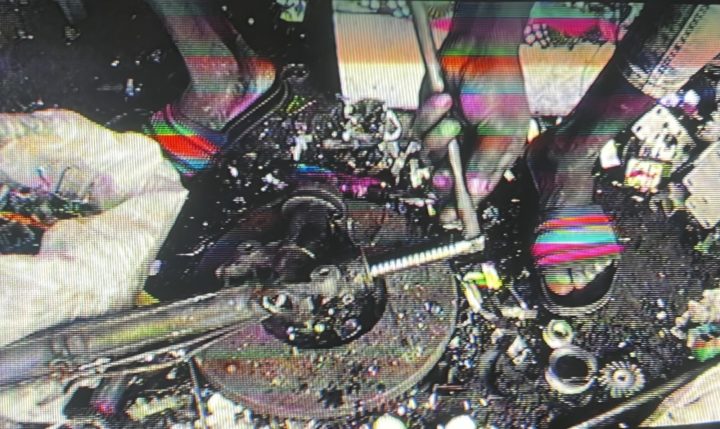Design Museum: Waste Age
Waste. A word that sends shivers down the spine of every environmentalist. Wrapped in contextual history, the phrase ‘waste not want not’ depicted the ration system of WWII in Britain and shaped attitudes towards product usage for years to come. But post-war developments in plastics and other cheap materials flipped the script. What followed was an age of consumption and waste that still continues to this day. In a world that produces 2 billions tons of rubbish every year, the Design Museum’s Waste Age exhibition not only exposes the “take, make and waste” economy but also asks the question – are we doing enough to change it?

Overflowing with facts and figures and littered with, well... litter, the Waste Age exhibition takes you through a journey. Exploring how we've interacted with the material world through the previous half a century, many of the installations feature nostalgic products (think 50's kitchen appliances and CRT TVs) reminding us how far we've come when creating updated iterations for modern markets.
The exhibition seemed to cover our history of waste brilliantly, highlighting the immense usage of disposable products over the years and the processes we've been through to discover more economic alternatives. A massive timeline spanned the entire depth of the exhibit, bringing to attention the various thematic 'achievements' and 'disasters' we have experienced over the past era. This look into the past was an evident angle on the curation, the journey the visitor takes is very retrospective at first and sets the tone - this heavy exposure to our wasteful behaviours brings about a longing for change and innovation. We're exposed to the trickery of planned obsolescence and a portrait screen on the wall shows animations of global waste trajectories, further creating that urge for hope.
The latter part of the exhibit focuses on where we are now, featuring a breadth of displays covering architecture, fashion, food, materials and more. Here you can find the works of designers like Stella McCartney, James Shaw and many others who have sustainability at the epicentre of their design process. It was great to see how far we'd come from the first half of the exhibition, our faith restored by the current zeitgeist of sustainable action. If like us you're a regular at events surrounding sustainability and innovations in materials, you may recognise a few of the installations - but seeing them all in one place gives a grand perspective on the varying sectors that the desperate need for sustainability touches.
Although this part of the show had a general narrative of looking towards reusing and repurposing our waste and growing our products rather than extracting them, we couldn't help but feel it stopped there. It would've been great to see a more prospective finale, pushing forward ideas of what the future might hold and really questioning how we can make a change.
All in all, Waste Age is a perfect crash course in the history of waste and sustainable practice - a great introduction for the general public, but perhaps a bit too diluted for a bunch of materials experts from a creative production house.


Posted 08 March, 2022 by Jack Cassel-Gerard